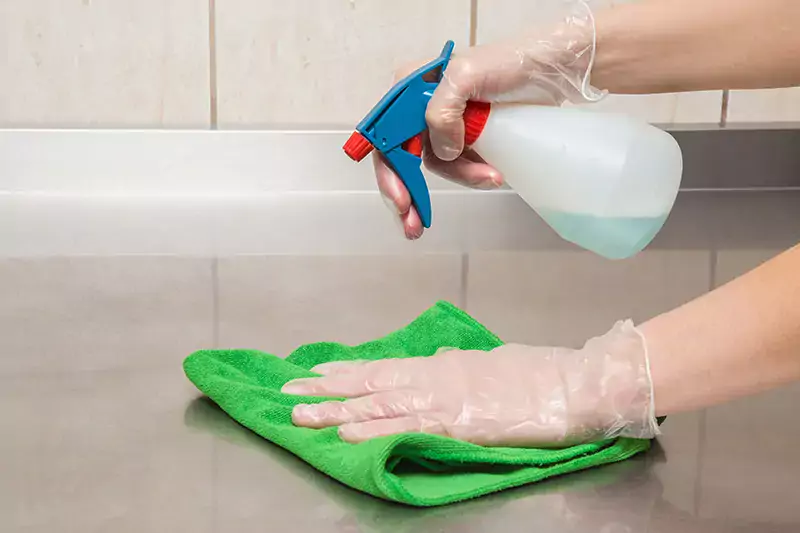Our recent survey of nearly 90 restaurant chain operators revealed that only 50% of restaurant operators were confident in their ability to identify food safety concerns before they become serious issues. According to researchers at Johns Hopkins Bloomberg School of Public Health, a single foodborne illness outbreak at a fast-casual establishment could cost between $6,330 to $2.1 million, depending on the severity of the outbreak. Successfully enforcing food safety protocols across every location is clearly paramount to running a successful business, so why is this such a struggle for operators? What are the top hurdles that prevent management from effectively rolling out these food-safety procedures?
1. Real-time Visibility
Without real-time visibility, it’s easy for food safety to slip through the cracks. The effectiveness of store audits may be partially to blame. Only 26 percent of restaurant operators we surveyed said that audits were performed “very effectively” in terms of timeliness and issue resolution despite committing what seems like adequate time and resources to the task. In fact, operators report that field personnel spend anywhere from 4 to 10+ hours per week conducting, reporting on, and tracking audit-related issues. If dedicating a reasonable amount of talent and time to audits fails to generate the desired results, there may be additional factors at play.
2. Communication Across Locations
Scale, for instance, appears to affect the timeliness of audits. When looking across restaurant segments, 76 percent of smaller franchise operators (those with less than 10 stores) reported they were “very confident” in their ability to stay ahead of potential food safety issues. Their colleagues with more stores to manage, however, were not so sure: only 48 percent of franchisees (those with more than 10 stores) and 33 percent of corporate brands (those with more than 50 stores) felt confident in their ability to avert a food safety dilemma. Ultimately, the biggest underlying failure seems to be tied to visibility and communication. It makes sense that the more stores you manage, the harder it is to quickly disseminate information and verify compliance — at least using traditional manual solutions.
Closing the Gap with Mobile
Today, tablets and smartphones put everything you need to manage performance across all locations right at your fingertips. With the latest tech, restaurant leaders can nimbly roll out new procedures and initiatives to remote personnel in a flash—getting everyone on the same page simultaneously and effortlessly. More importantly, they can also easily see which stores are executing and complying, and which are not. With Zenput, restaurant operators can create a mobile form, edit, and send it out to the appropriate employees as needed. That form is automatically distributed to employees’ mobile devices, and when they answer each question, the results are aggregated in an easy-to-read dashboard. Moreover, a senior manager can set up real-time notifications of any food safety concerns discovered during the audit. To ensure accountability, the auditor can upload a photo of a problem and the senior manager can follow up with that store to make sure the issues were resolved.
Subscribe to our blog
You are now subscribed!


